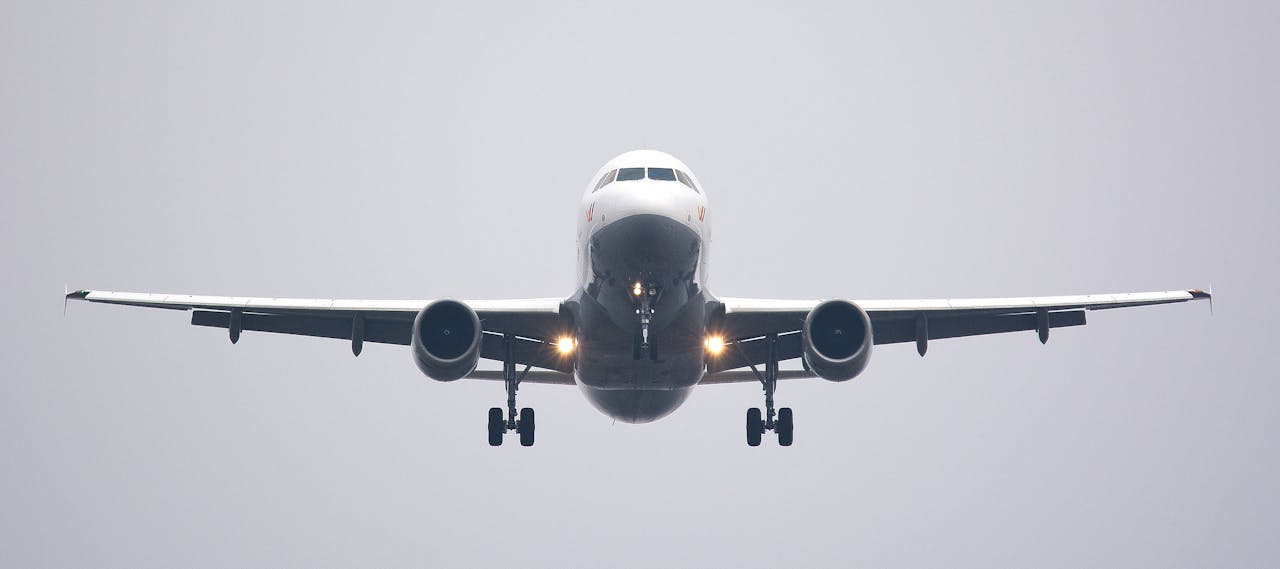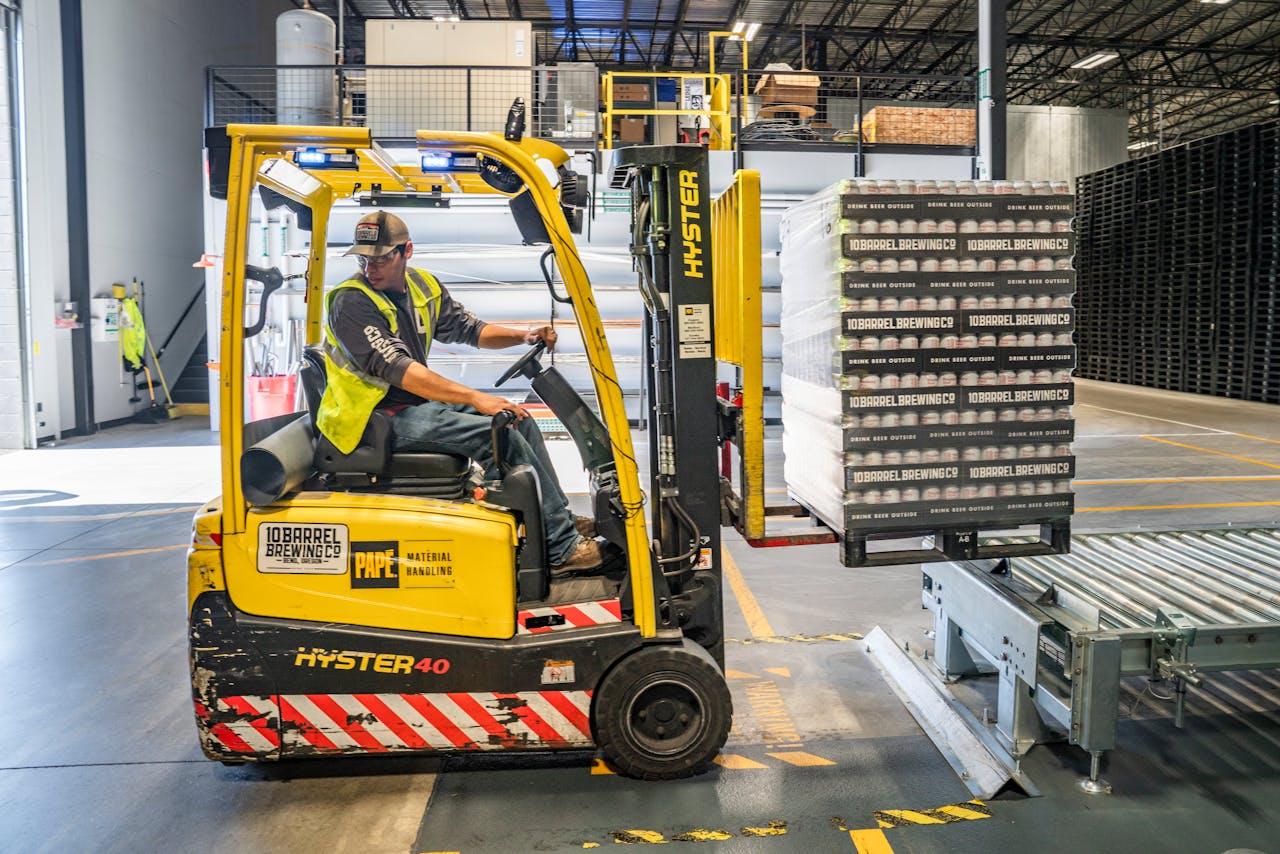Deep Analysis of Aircraft Parts in 2025 Aviation
Why Technical Precision Is the New Standard in Aviation Safety
The aviation industry in 2025 is a world of intricate systems, advanced software, and extreme operating environments. Amid all the technological evolution, one thing remains constant: flight safety begins and ends with component integrity.
This article delves into three essential yet often overlooked aviation systems: aircraft parts, aircraft display units, and temperature gauges. Far from being isolated elements, these components form a web of interdependent systems—each vital to safe, efficient, and cost-effective flight operations.
Let’s explore what makes these systems work, what can cause them to fail, and how innovation is reshaping their future.
Aircraft Parts: The Structural DNA of Every Aircraft
What Makes Aircraft Parts Mission-Critical?
From the rivets in a fuselage panel to the actuators in the landing gear, aircraft parts are more than the sum of their materials—they are the engineered DNA of an aircraft. Their purpose is not only structural or mechanical but regulatory: each part plays a role in the aircraft’s airworthiness certificate.
Types of Aircraft Parts and Their Roles
-
Primary Structural Components – Wings, fuselage skins, empennage frames
-
Mechanical Subsystems – Flap mechanisms, landing gear struts
-
Powerplant Components – Engine mounts, exhaust ducts, nacelles
-
Avionic Mounts and Brackets – Holding sensitive systems like aircraft displays
-
Cabin and Environmental Parts – Air ducting, seating frames, lighting enclosures
Each of these aircraft parts must withstand extreme vibrations, thermal cycling, and environmental exposure, often over tens of thousands of flight hours.
“What separates aerospace-grade components is not just strength but predictable degradation. In aviation, consistency saves lives,”
— Ethan Krauss, Director of Reliability Engineering, SkyMech Aerospace.
Aircraft Display Systems: A Pilot’s Interface with the Machine
From Legacy Cockpits to Smart Flight Decks
The aircraft display is no longer a passive instrument. In modern cockpits, it serves as an intelligent interface that processes real-time data from across the aircraft—providing the pilot with actionable insights, rather than just readings.
Whether it’s a Primary Flight Display (PFD), Engine Indicating and Crew Alerting System (EICAS), or Synthetic Vision System (SVS), each aircraft display must meet strict criteria for readability, latency, failure tolerance, and human factors design.
Critical Attributes of Modern Aircraft Displays
-
Brightness and contrast auto-adjust to sunlight and night conditions
-
Redundancy through multiple independent data paths
-
Software modularity to support future avionics upgrades
-
Fail-safe design that prioritizes flight-critical alerts
Human-Machine Interface: Reducing Pilot Workload
Well-designed aircraft displays help reduce the cognitive burden on flight crews by prioritizing threats, decluttering interfaces, and integrating system statuses into one visual ecosystem. This is key in high-stress or abnormal flight conditions.
“A good display doesn’t just show you what’s happening—it tells you what matters now,”
— Kira Morales, Avionics UX Designer, FlightLogic Systems.
Temperature Gauges: The Unseen Guardians of Engine Health
Why Thermal Monitoring Is Crucial
While flight crews and passengers rarely see them, temperature gauges are working around the clock to protect engines, avionics, and airframe systems from thermal failure. They are the aircraft’s thermal immune system.
They measure and monitor:
-
Exhaust Gas Temperature (EGT) in turbines
-
Cylinder Head Temperature (CHT) in piston engines
-
Brake temperature to avoid fire risk on landing
-
Battery temperature in hybrid-electric aircraft
-
Cabin and cargo temperatures for comfort and cargo integrity
Incorrect readings—or worse, undetected drift—can result in serious consequences, from reduced fuel efficiency to complete engine failure.
Evolution of Temperature Gauge Technology
| Generation | Sensor Type | Use Case | Response Time | Accuracy |
|---|---|---|---|---|
| 1st Gen | Mechanical bimetal | Cabin air | Slow | ±5°C |
| 2nd Gen | Thermocouple | Engine EGT | Moderate | ±2°C |
| 3rd Gen | RTD | Brake monitoring | Fast | ±1.5°C |
| 4th Gen | Digital sensor with self-diagnostics | Multi-system | Instant | ±0.5°C |
Today’s digital temperature gauges include onboard diagnostics, self-calibration, and CAN/ARINC bus compatibility. These aren’t just sensors—they’re embedded intelligence units.
Integrated Maintenance Philosophy: Systems Working in Harmony
It’s no longer efficient to maintain aircraft components in isolation. Airlines and MROs in 2025 use integrated data environments that link aircraft parts, aircraft displays, and temperature gauges into a single digital maintenance loop.
✅ Predictive Maintenance Ecosystem
-
Real-time temperature gauge data feeds into prognostic models
-
Alerts are displayed via centralized aircraft displays
-
Digital twins simulate wear and tear on key aircraft parts
-
Fleet managers receive predictive reports for component replacement scheduling
This results in:
-
Fewer unplanned AOG (Aircraft on Ground) events
-
Longer component lifespans
-
Reduced insurance and liability risk
-
Lower environmental impact
Common Maintenance Errors and How to Avoid Them
❌ Three Critical Mistakes Still Seen in 2025:
-
Disabling display alerts for convenience – Ignoring alerts or muting display channels can lead to catastrophic oversight.
-
Using outdated part interchange lists (IPLs) – Leads to incompatible aircraft parts being installed.
-
Ignoring subtle drift in temperature readings – A common issue that hides critical failures like coolant leaks or insulation damage.
The solution? Continuous training, automation, and better integration across digital platforms.
Comparative Table: Key Attributes Across Components
| Attribute | Aircraft Parts | Aircraft Display | Temperature Gauges |
|---|---|---|---|
| Primary Function | Structure & mechanical operation | Pilot interface and data visualization | Thermal monitoring and alerting |
| Failure Risk | Fatigue, corrosion, wear | Software glitch, signal dropout | Drift, sensor fatigue |
| Regulatory Oversight | FAA, EASA, ICAO | DO-178C, RTCA DO-254 | RTCA DO-160 |
| Maintenance Tools | NDT, borescopes, digital twins | Firmware diagnostic units | Calibration benches, IR thermography |
| Upgrade Path | Material improvements (composites) | Higher resolution, AR integration | Smart sensors, AI prediction |
Industry Trends: What’s Next for These Components?
As we look toward 2030 and beyond, several megatrends are shaping the future of aircraft parts, aircraft displays, and temperature gauges:
✅ Aircraft Parts Trends
-
Use of recyclable composite materials
-
In-line manufacturing inspections via AI and machine vision
-
Additive manufacturing for structural brackets and mounts
✅ Aircraft Display Trends
-
Augmented reality overlays for terrain and traffic
-
Natural Language Interfaces (NLIs) for pilot interaction
-
Edge processing for autonomous systems
✅ Temperature Gauge Trends
-
Wireless smart sensors with encrypted telemetry
-
AI algorithms that detect patterns of early thermal failure
-
Unified heat maps across entire aircraft systems
Why Details Define Safety
In aerospace, precision is not a luxury—it’s a necessity. Whether we’re talking about a composite actuator arm, a high-brightness aircraft display, or a digitally calibrated temperature gauge, each component contributes to a chain of events that determines whether a flight is routine or remarkable.
Understanding how these systems operate, how they fail, and how they’re evolving is the key to future-proofing aviation safety and performance.




Opublikuj komentarz